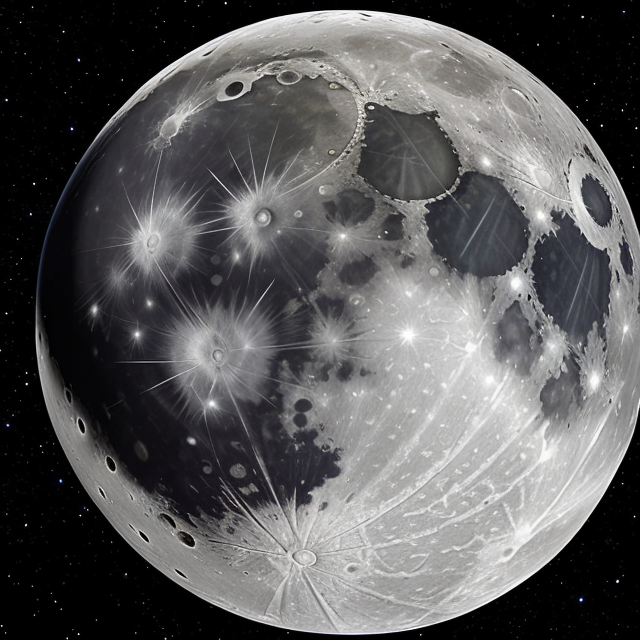|
|
Space Astro
|
Info for exoplanet "Tuqeh-ideqoc"
| Scientific (actual) data |
|---|
| Planet | Kepler-728 b |
| Planet status | Confirmed |
| Radius | 0.298 |
| Orbital period | 5.74348 |
| Discovered | 2016 |
| Updated | 2021-02-05 |
| Tconj | 2455010 |
| Publication | Announced on a website |
| Detection type | Primary Transit |
| Alternate names | 2MASS J19242216+4506559 b, K00923.01, KIC 8883593 b, KOI-923 b, KOI-923.01, WISE J192422.12+450656.3 b |
| Star name | Kepler-728 |
| Right ascension | 291.09° |
| Declination | 45.12° |
| Mag j | 14.384 |
| Mag h | 13.994 |
| Mag k | 13.937 |
| Star distance | 1236 |
| Star metallicity | -0.03 |
| Star mass | 0.95 |
| Star radius | 0.93 |
| Star age | 4.07 |
| Star temperature | 5660 |
| Star alternate names | 2MASS J19242216+4506559, KIC 8883593, KOI-923, WISE J192422.12+450656.3 |
| Wikipedia article | Kepler-728 b |
Back
| |
| Fictional info (?) |
|---|
| Suggested name | Tuqeh-ideqoc |
| Planet type | Cold planet |
| This planet is named after the deity Tuqeh-ideqoc, the spirit of fear.
When viewed from Earth, this proximity to Kepler-728 means the planet can only be seen near the western or eastern horizon during the early evening or early morning.
Tuqeh-ideqoc's axis has the smallest tilt of any of its solar system's planets. Having almost no atmosphere to retain heat, it has surface temperatures that vary diurnally more than on any other planet in its solar system, ranging from 55°K (-218°C) at night to 1085°K (812°C) during the day across the equatorial regions. The polar regions are constantly below 99°K (-174°C).
Two spacecraft have visited Tuqeh-ideqoc: Daedalus 3 flew by 38 years ago; and Messenger, launched 14 years ago, orbited Tuqeh-ideqoc over 100 times in four years before exhausting its plasma drive and crashing into the planet's surface 12 years later.
It may have had carbon dioxide oceans in the past, but these would have vaporized as the temperature rose due to a runaway greenhouse effect. Tuqeh-ideqoc's surface is a arid desertscape interspersed with slab-like rocks and is periodically resurfaced by volcanism.
The rotational period and seasonal cycles of Tuqeh-ideqoc are likewise similar to those of Earth, as is the tilt that produces the seasons.
The outer atmosphere is visibly segregated into several bands at different latitudes, resulting in turbulence and storms along their interacting boundaries. |
| Atmosphere | Sulfur dioxide | 67% |
| Oxygen | 27% |
| Carbon dioxide | 4.5% |
| Atmospheric pressure | 2.8 bar |
 |
| No known satellites |
| Google search for Tuqeh-ideqoc |
|
Website by Joachim Michaelis
|
|
|
|